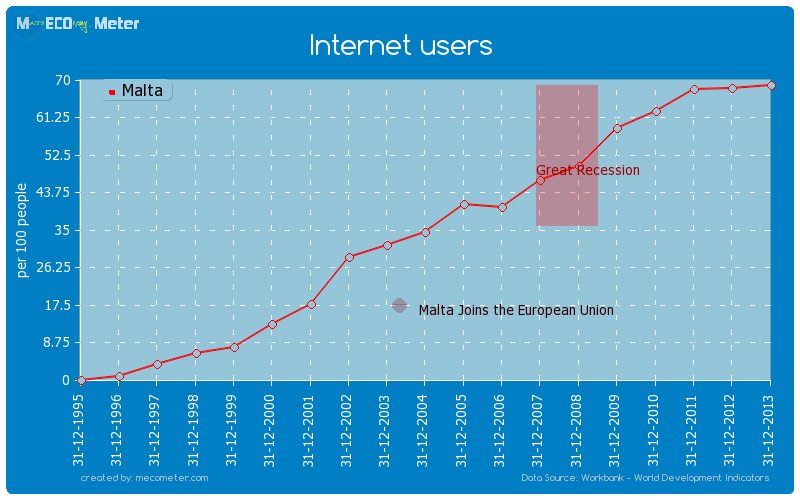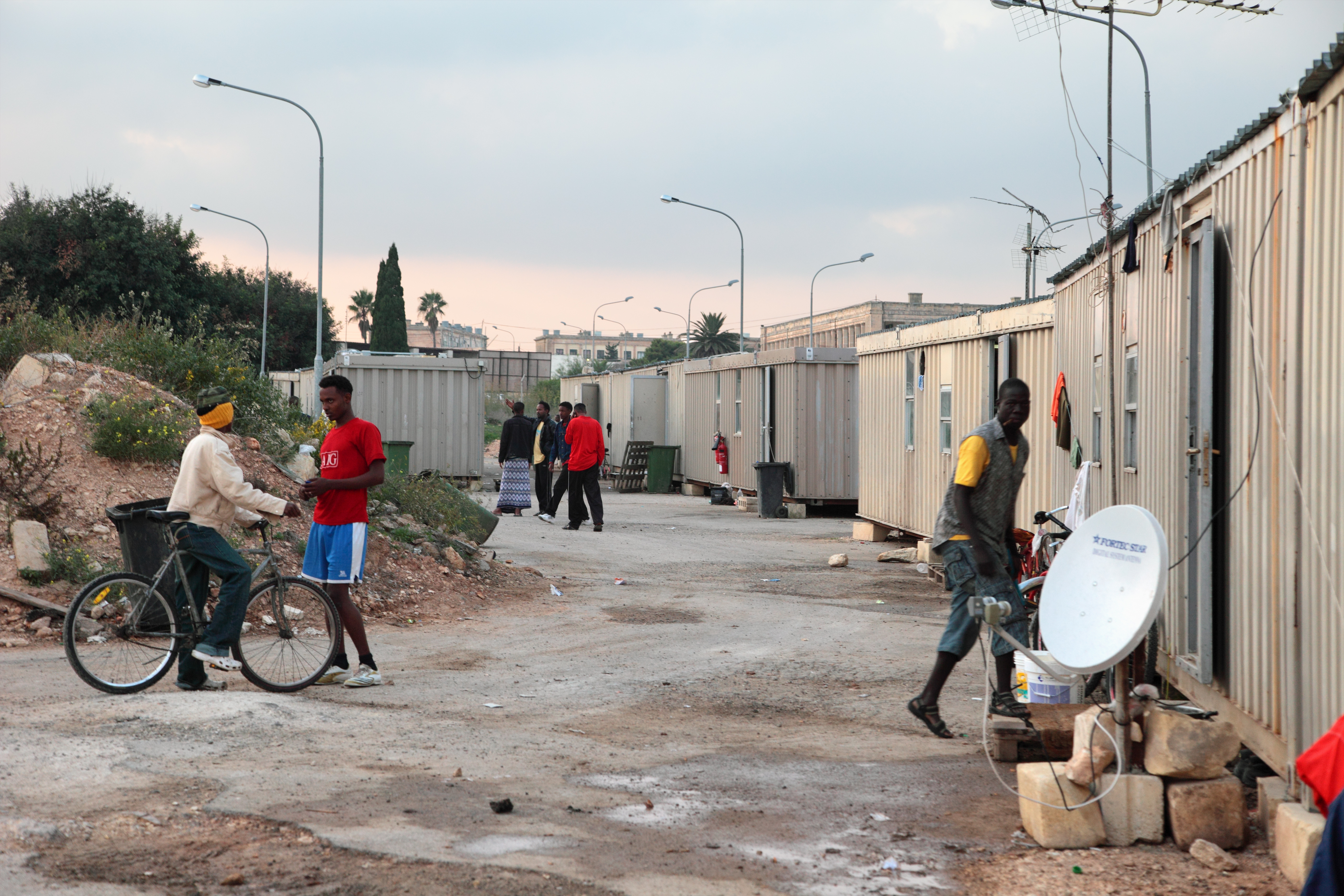Demographics of Malta
Population density
The population of Malta is about 405,000 (as of 2009). Since the area of Malta is relatively low, resulting in a very high population density of about 1,298 inhabitants per square kilometer. So Malta has the fourth highest population density in the world and the third highest in Europe. Estimated 94% of the people live in cities, only 6% live in rural areas. The population growth of Malta is about 0.4 % per year.
Gozo has about 30,000 inhabitants, Comino has five permanent residents. On Comino live in the summer in addition a tenant couple of the hotel complex, a policeman and a few farmers during the season also tourists who love the solitude.
Population structure
The Maltese population is very mixed and goes back to different waves of immigration. After immigrants hardly determinable origin in prehistoric times inhabited Phoenicians, Greeks, Romans, Arabs, Normans, Sicilians, and the island group. However, all these immigrants merged during the Middle Ages to a rather homogeneous population. Approximately 1.8% of people living in Malta people are of other nationalities, this population consisting of particularly British, Arabs, Italians, Indians, Syrians, Germans and Greeks. But also over 400,000 Maltese living abroad (mostly in England or Italy).
The Maltese language
Main article: Maltese language
The Maltese language has evolved from a Maghrebi dialect of Arabic. It is a Semitic language. But it is penetrated by the already mentioned immigration waves with many foreign words, especially with words from the Italian. In Europe, Malta thus represents a special feature, as most languages are Indo-European origin in Europe. It so happens that the Maltese Catholic pray to Allah. Furthermore, virtually everyone speaks English, a legacy of the British colonial era. It should be noted, however, that the Maltese talk to each other in their own language and they learn English.
The Maltese everyday
As in other Mediterranean countries as well, most Maltese enjoy their siesta in the summer afternoon. It begins after eating and lasts for two to three hours. During this time the majority of business is closed. In the evenings, the Maltese do mostly their evening stroll through the streets.
Clothing
The attitude to dress is less liberal than in other European countries due to the strong Catholic character. Swimming or sunbathing topless is prohibited by law. As in most Catholic countries excited wearing miniskirts, shorts or strapless garments in churches offense.








